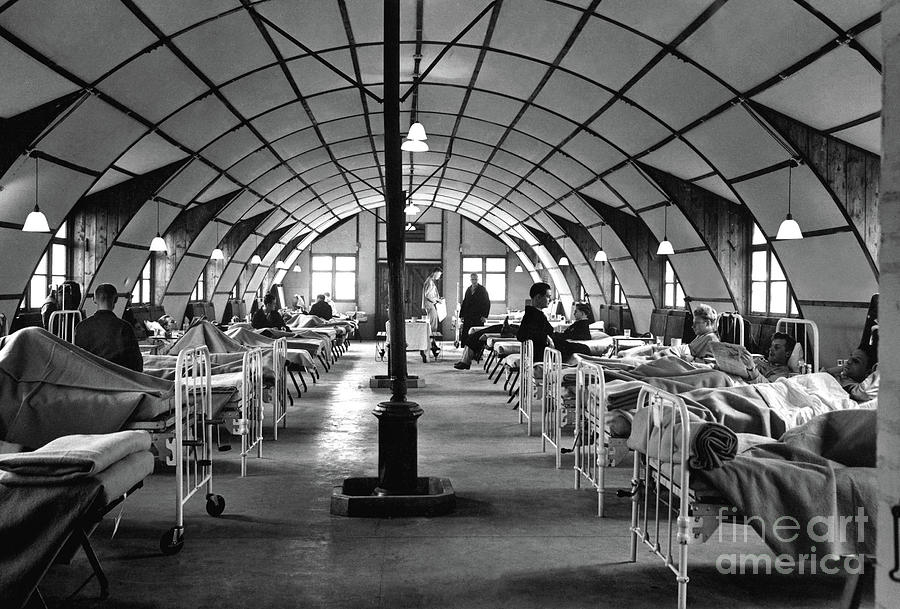
The soldiers lived in the filth of the trenches, and if they were wounded, their injuries were immediately corrupted with it.

The key dilemma was that doctors had no effective antiseptic to kill the rampant bacteria, such as Clostridium perfringens, which causes the rapid necrosis known as gas gangrene. In strictest confidence, Tuffier told me with tears in his eyes that more than 20,000 amputations had been made,” George Crile, a volunteer physician from Cleveland’s Lakeside Hospital, wrote in his diary in January 1915.

“In the early stages of the war, especially within six weeks, 300,000 French soldiers were wounded-and as competent surgeons were not to be had for more than a minority, an appalling number of needless amputations were made. “All penetrating wounds of the abdomen, he said, die of shock and infection.” Ambulances, antiseptic, and anesthesia, three elements of medicine taken entirely for granted today, emerged from the depths of suffering in the First World War. They went from amputation as the only solution, to being able to transport soldiers to hospital, to disinfect their wounds and to operate on them to repair the damage wrought by artillery. The war is better known as the first mass killing of the 20th century-with an estimated 10 million military deaths alone-but for the injured, doctors learned enough to vastly improve a soldier’s chances of survival. Medicine, in World War I, made major advances in several directions. It made the difference between life and death, amputation and healing, and it signaled the start of the motor-ambulance corps. This impromptu fleet brought back 34 wounded on the first run, and returned for more. Herrick called all his friends with cars, particularly those on the board of the American Hospital, a small expatriate facility that had just refurbished a school building as a military hospital. Such pitiful conditions immediately beset the Battle of the Marne in early September, leaving a thousand wounded French soldiers lying in the straw in a village near Meaux.

“One of those trains had dumped about 500 badly wounded men and left them lying between the tracks in the rain, with no cover whatsoever,” recounted Harvey Cushing, the head of the Harvard Unit of volunteer doctors at the American Ambulance Hospital of Paris. Incapacitated soldiers would be taken to a railway station, put in the straw of a cattle-car, and sent towards the nearest city with a hospital. When World War I broke out in France, in August 1914, getting a wounded soldier from the battlefield to a hospital required horse-drawn wagons or mules with baskets on either side.


 0 kommentar(er)
0 kommentar(er)
